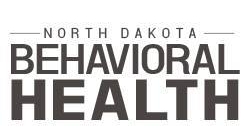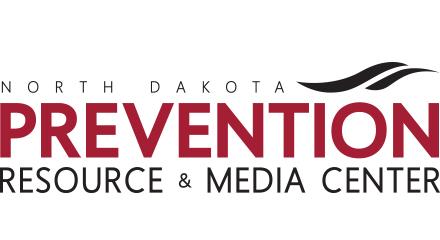The chances of developing an addiction are four times higher for people who begin using substances before age 15 than for those who delay use until age 21 or older.
DELAYING SUBSTANCE USE
Research shows that drug abuse usually begins in adolescence. That’s because parts of the brain that control judgment, self-control, and future planning do not fully mature until young adulthood. As a result, an adolescent’s brain is wired for risk-taking and novelty-seeking behaviors.
Alcohol, in particular, short-circuits the brain’s reward system and puts youth at a higher risk for depression, anxiety, and low self-esteem. Unlike adults who might start feeling tired after a few drinks, the adolescent brain is less reactive to alcohol’s short-term effects. Young people can drink far more than adults before the sedation effect occurs, which is why underage drinking can quickly become more problematic. Adolescents who drink are also at a higher risk for experimenting with illicit and prescription drugs.
IMPACTS OF SUBSTANCE USE
In Episode 1- "The Hijacker," learn about how substance use disorders (SUDs) affect tissue function in two main parts of the brain: the limbic system (responsible for basic survival instincts) and the prefrontal cortex (where decision-making and impulse control live). Substance use activates the dopamine process in the survival center much more powerfully than natural rewards like food or sex.
Helpful Resources
The following are organizations, agencies, and movements dedicated to preventing substance abuse and addiction across North Dakota and beyond.
An evidence-based prevention program that provides parents and caregivers with a wide variety of tools and resources to support them in creating a safe environment for their children that promotes behavioral health.
A coalition of caring parents, organizations, and youth dedicated to reducing youth substance use in the community by improving kids’ social capital.
Working to improve access to services, address workforce needs, develop policies and ensure quality services are available for those with behavioral health needs in North Dakota.
A leading source of behavioral health promotion and substance abuse prevention efforts, information, and resources in North Dakota.






